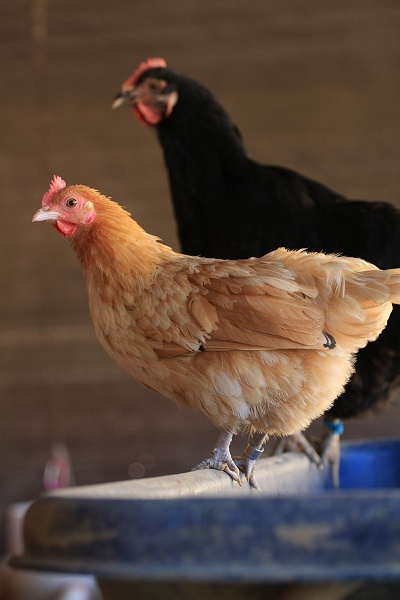The fair takes place over 48 hours. In that time, between 200,000-500,000 animals are killed. It's a veritable melee of violence. Men stand outside of the temple, purchasing alcohol and imbibing large quantities. They are armed with weapons and let loose upon penned up or tied down animals. The chaos turns the marshes surrounding the temple blood red (much like the Taiji harbor during the annual dolphin slaughter or any large slaughterhouse floor in America). One cannot help but wonder how this wanton destruction of other living beings releases anyone from anger - it is the embodiment of anger and destruction, this brutal reduction of animals to chopped up parts.
Let us not be too blind, though. It can be difficult to argue against this clearly horrifying ritual without first looking ourselves in the mirror. Every year, 46 million turkeys in the United States are slaughtered for what appears to be a ritualistic celebration of life - Thanksgiving. Their bodies are displayed prominently in the center of the table and their limbs are consumed as part of a feast of thanks and gratitude. On a scale, certainly the American slaughter of turkeys is far greater than the Gadhimai Mela festival. The brutality is no different, although slaughterhouse workers are not permitted to consume alcohol prior to eviscerating turkeys. And, there is no denying it, American consumers pay for the slaughter of 10 billion land animals every year. That's 320 animals every second of every day. At the Gadhimai Mela festival, an animal is killed every second of the 48 hour festival.
Blogging about this isn't easy. Nepal is far away, there are injustices perpetrated against animals in our own backyard. Still, it is hard not to imagine the terror and fear these animals experience. It is no different than what any animal experiences, no matter their location. I just cannot get out of my head the vision of drunken humans bearing down upon frightened, screaming buffaloes, goats, pigs, chickens, rats, pigeons...hacking, tearing, covering themselves in the blood and excrement of dying animals. It breaks my heart.
Maneka Gandhi wrote a brilliant and eloquent op-ed piece about this festival. She is certainly more of an expert on the region than I am - please read it. She explains how this is a festival of exploitation - of the animals, of women, of the participants.
Animal Nepal has campaigned to stop this bloodletting (there are a couple other events that are equally hideous, including the Khokana festival which involves throwing a 5-6 month old male goat into a pond and allowing 5-6 men to literally tear the goat apart. I mean, literally. It's disturbing). On the linked page are some tips for if you live in Nepal (which I am assuming most of the readers of this blog do not) and tips for those of us living outside of Nepal:
When you live outside Nepal:
- If you travel to Nepal please don't travel with tour companies who organise tours to temples where animals are sacrificed.
- While in Nepal rise the issue during your discussions with those you meet.
- In your own country if you meet any Nepalese or have Nepalese friends ask them what they are doing to stop animal sacrifices in Nepal.
- Please do write to the Nepalese Embassy in your country, to the Nepalese Government and Nepalese media to enact laws to stop these extreme practices.
Other stories on this subject:
Buddha Boy (Palden Dorje Tamang Rinpoche) will set up camp, bless the animals and try to peacefully stop the slaughter.
Animal Nepal's Petition you can sign









0 comments:
Post a Comment